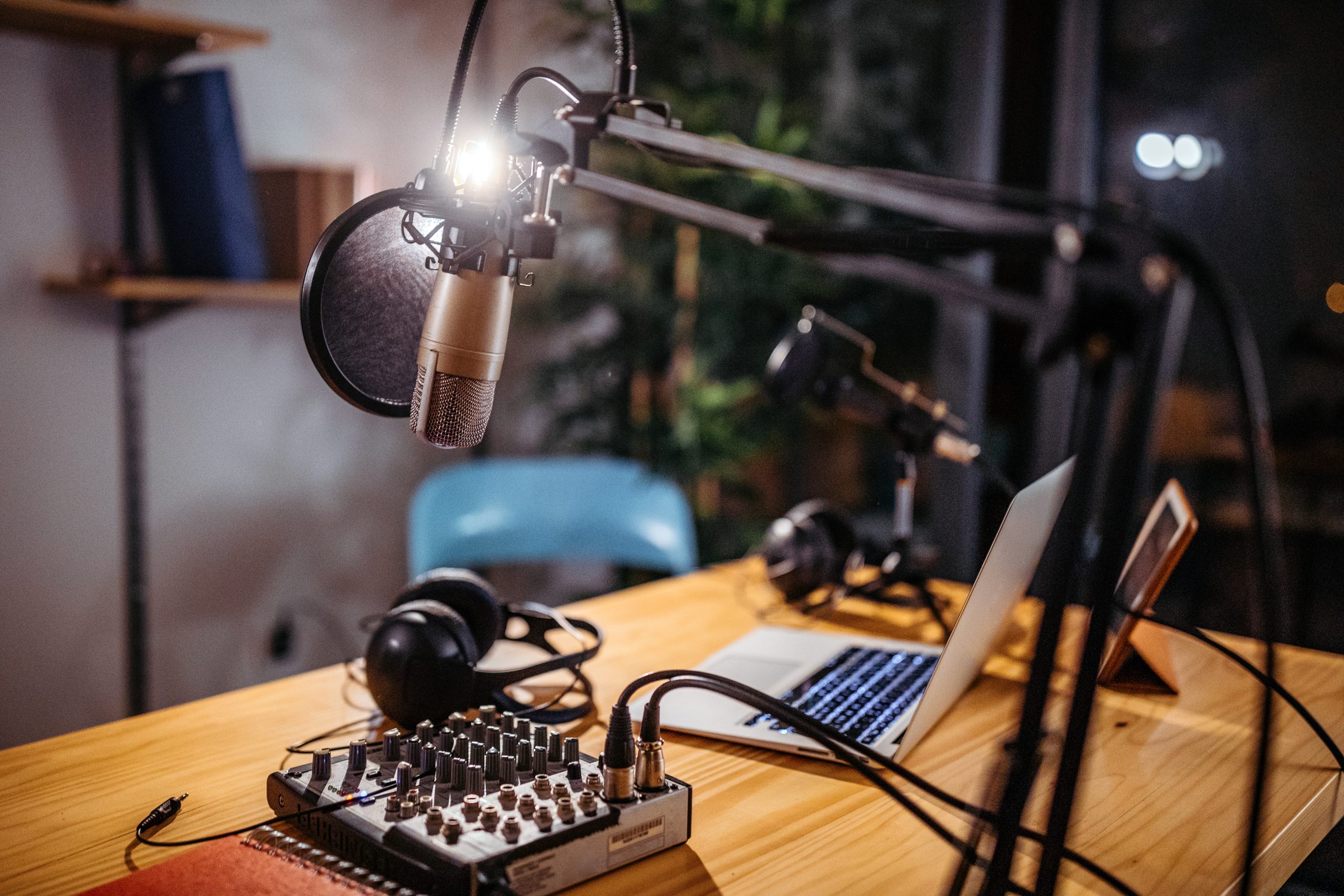
Being a musician, producer or sound engineer is a career that can take years to set up. Not only does it require endless practice and dedication to the craft, but it also involves purchasing and mastering a multitude of instruments and complex audio equipment, some of which can be incredibly expensive.
Often, this equipment will be housed in a recording studio of sorts. Whether this is a million-pound state-of-the-art facility, complete with acoustic treatment, soundproofing and top-of-the-range gear, or more of a DIY home set-up, a musician’s studio is a result of time, energy and commitment.
For those within the world of music, these spaces are essential to their creative process, providing an environment to experiment and develop their art with the correct facilities and equipment. However, as careers progress or circumstances change, there may come a time at which it is necessary to up-sticks and move your recording set-up elsewhere.
Whilst this can seem like a daunting task, it needn’t induce fear. Here is Essex Removals’ guide to relocating your recording studio.
Plan Ahead
First things first, before storming ahead and bubble wrapping your drum kit, it is important to take a moment to plan your move in advance. Considering the space you will be moving to and the practicalities of your move beforehand may seem boring, but you’ll thank yourself later.
Think about the order in which you will set up your equipment in your new space and prioritise which items are essential and which you can do without for a couple of days. For example, your computer, referencing monitors and audio interface will be needed more than your favourite Beatles poster when setting up a new space.
Moreover, it is highly recommended that you contact a specialist removal service well in advance of your move. This will ensure you can discuss your specific requirements and tailor a bespoke moving plan that caters to your specific needs. This will take into account bulky or fragile equipment such as pianos, speakers and instruments and ensure the correct materials are sourced.
Packing Up
As you begin the process of boxing your equipment in preparation for the move, try to work methodically. As mentioned above, start with essential items before moving on to the rest. It may also be helpful to allocate different boxes to different types of equipment. For example, you might decide to use one box for guitar leads and power cables, and another for microphones. This will ensure you remember where different things are and that nothing disappears during the move.
Moreover, it is crucial that larger instruments and gear such as pianos, amplifiers and mixing consoles are properly wrapped and protected before you attempt to move them. While this is doable on your own, using bubble wrap, moving straps and blankets, choosing to employ the services of an experienced and reliable moving company can make your life a lot easier.
A professional service will not only provide packing supplies, but they will also ensure that your larger items are moved with care and expertise, ensuring nothing is damaged during transit.
New Location
Congratulations, you’ve successfully packed your equipment ready for the move, but it’s not time to relax yet. Next, it is important to visit the location of your new recording studio and assess the space. Having a look around while the inventory of your studio is fresh in your mind can help you to visualise where different things will go and plan the work that needs to be done before things are moved in.
A lot of work goes into setting up a studio so you may need to move things in gradually as different aspects are completed. If this is the case, the step below may come in handy.
Container Storage Essex
In certain situations, moving all of your equipment from the old studio to the new one may not be possible at once. Cosmetic or acoustic work may need to be completed before desks, soundproofing or large instruments are moved in.
Fortunately, good removal companies also offer container storage options. This can be incredibly helpful during a studio relocation as it removes the chaos of having all your equipment moved in at once; this can make it difficult to properly organise your new space.
Using containerised storage solutions is the perfect way to ensure your equipment is stored safely and securely, allowing you to move items into your new property at your own convenience.
Studio Preparation
Sure, it would be great if moving a recording studio was as simple as packing, transporting and setting up, but the chances are, there will be work to complete in your new studio before it is ready for use. In order to make your move a smooth and stress-free experience, it is a good idea to get a head start on studio preparation before you plan to move in.
Of course, the extent of this work will vary greatly from person to person, but it is likely to involve soundproofing, insulation, acoustic treatment and cosmetic work such as painting and carpeting. If you are carrying out this work yourself, bear in mind where different equipment will go and whether it will need any bespoke fittings. Large mixing desks, for example, may need a made-to-size stand or surface to rest on. Of course, this would need to be built before your removal service brings the desk in.
This is not a process that should be rushed, however, the timing of moves can be tricky if you don’t have much overlap between moving out of your old property and into your new one. In these instances, container storage is a brilliant solution and definitely worth considering.
Setting Up
When the time comes to move your items and set up your new studio, you want to be certain that your equipment is in safe hands during transit. Using a specialist moving service gives you peace of mind and allows you to focus on setting up your new studio space.
Now you’ve sorted your soundproofing cosmetic work, all that is left is to bring your instruments and equipment in and focus on setting up your space. At this point, you’ll thank yourself for working methodically at the start of your move, as your items will be boxed logically, making them easy to locate as and when they are needed.
Start with the basic features of your studio such as furniture, desks and speaker stands as these provide the base for the rest of the recording space. Once the basics are in place, it will be much easier to move the rest in. Be sure to bear in mind how many people will be using the space and whether you will have regular visitors. If your new studio is an upgrade from your last, it might be worth investing in a sofa or extra seating.
Finally, set up your equipment piece by piece, being sure to use the space effectively. While it may take a little while, taking care of your new set-up will result in a well-thought-out space that is conclusive to creativity and productivity. After all, you’ll be spending a lot of time there.
Essex Removals
While there is a lot to think about when relocating a recording studio, with the correct planning and preparation, it can be a smooth and exciting experience. If you are in the process of planning a move and require the expertise of a reliable removal service, look no further than Essex Removals.
With over 25 years of industry experience, our team is well-versed in all manner of removal projects. From specialist removals such as pianos, fine art and studio equipment, to full-scale office and domestic relocations, we have the knowledge and resources to get the job done. What’s more, we take pride in providing packing materials, containerised storage facilities and overseas removal services.
Don’t wait, get in touch with a member of our friendly team today. They’ll be happy to discuss your specific requirements and help in whatever way they can.
Call us now on 01708 722 277. Alternatively, send an email to info@essexremovals.com and we’ll get back to you as soon as possible.

